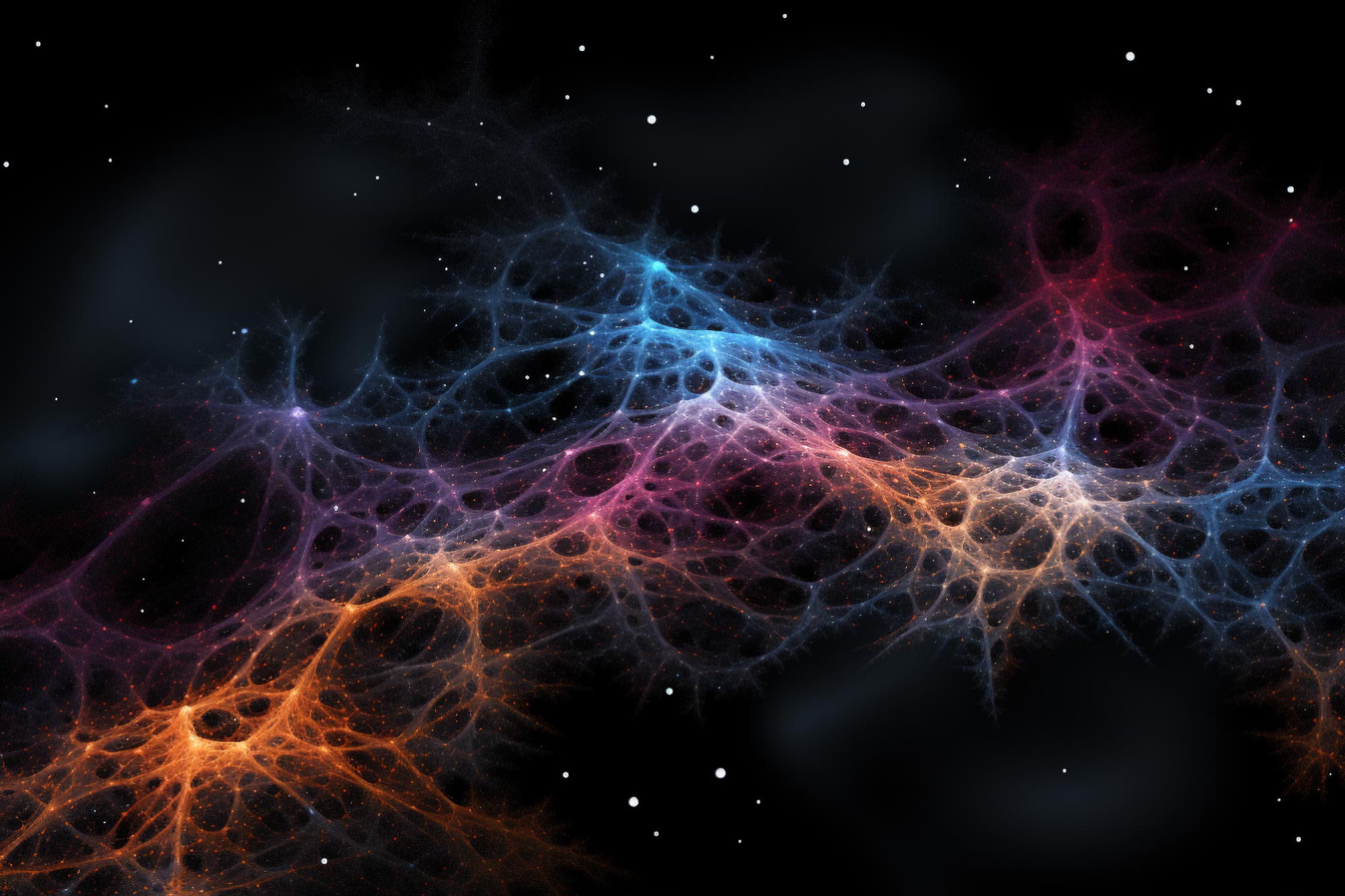Summary(Don't waste Your TIME)
Dark matter is a mysterious substance that makes up about 85% of the matter in the universe. We can't see it directly, but we know it exists because of its gravitational effects on galaxies and clusters of galaxies. Scientists are still trying to figure out what dark matter is made of, but it's a fascinating mystery that continues to intrigue us.Ever heard of a friend who's always around, but you can never see them? That's kind of like dark matter. It's a mysterious substance that makes up about 85% of the matter in the universe, but we can't see it directly. It's like the invisible friend who's always there, playing pranks and making things weird.
Well, it's a bit like trying to find a ghost. You might not see it, but you can tell it's there because of the weird stuff it does. For dark matter, that weird stuff is how galaxies spin and how clusters of galaxies behave.
Galaxies Spinning Too Fast
Imagine you're on a merry-go-round. The closer you are to the center, the slower you go. But if the merry-go-round is spinning too fast, you'll fly off. That's basically what happens with galaxies. The stars at the outer edges should be spinning slower than the stars closer to the center, but they're not. They're spinning too fast, like someone's turned up the speed on the merry-go-round.
So, what's keeping those stars from flying off? That's where dark matter comes in. It's like an invisible glue that holds the galaxy together. It adds extra gravity to the galaxy, slowing down the stars at the outer edges.
Clusters of Galaxies
Another weird thing about dark matter is how it affects clusters of galaxies. Clusters are groups of galaxies that are gravitationally bound together. They're like cosmic cities, with galaxies as the buildings.
Now, if you were to weigh a cluster of galaxies based on the visible matter (stars, gas, and dust), it wouldn't be heavy enough to hold the galaxies together. They should be flying apart. But they're not. That's because there's a lot of invisible mass in the cluster, and that invisible mass is dark matter.
So, what is dark matter made of?
That's the million-dollar question. Scientists have been scratching their heads over this for decades. There are a few theories, but none of them are completely convincing.
One theory is that dark matter is made up of particles called weakly interacting massive particles (WIMPs). These particles are thought to be very heavy and interact very weakly with normal matter. So, they're hard to detect.
Another theory is that dark matter is made up of axions. Axions are hypothetical particles that were proposed to explain a certain property of the strong nuclear force. They're also thought to be very light and weakly interacting.
And then there's the theory that dark matter is actually a modification of gravity. This theory suggests that gravity behaves differently on cosmic scales than it does on Earth.
The Search for Dark Matter
Scientists are constantly searching for dark matter. They're building huge underground detectors to try to catch WIMPs. They're also using telescopes to look for the faint signals that might be produced by axions. And they're studying the behavior of galaxies and clusters of galaxies to try to understand the nature of gravity on cosmic scales.
So, while we still don't know exactly what dark matter is, we do know that it's out there, and it's playing a crucial role in the universe. It's like the invisible friend who's always there, making things weird and mysterious. And until we figure out who it is, we'll just have to keep searching.



0 Comments